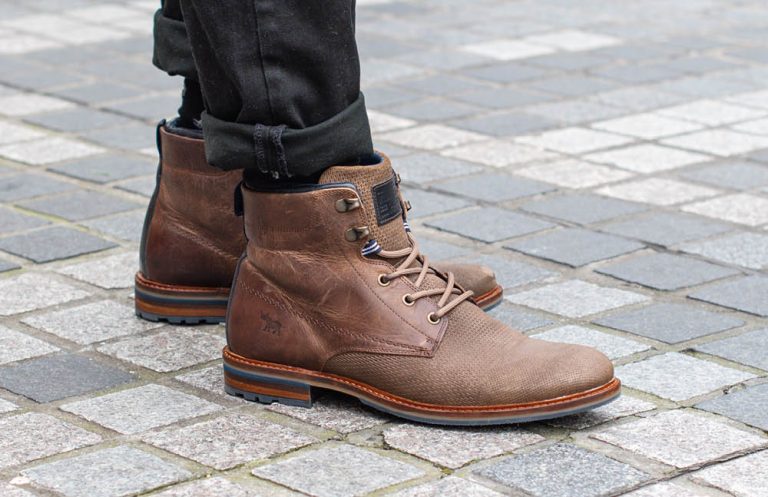
Online shopping has come a long way since the first online purchase was made in 1994. The evolution of online shopping has transformed the way we buy goods and services, from the early days of online catalogs and basic shopping carts to the current era of mobile apps and personalized shopping experiences. Here’s a brief overview of the evolution of online shopping.
1990s
The first online purchase was made in 1994, when a man in New Hampshire bought a Sting album online. E-commerce sites like Amazon and eBay were founded in the mid-1990s, paving the way for the future of online shopping. However, shopping online was still a novel concept for most people, and many were hesitant to give their credit card information over the internet.
Early 2000s
The early 2000s saw the rise of online retailers like Zappos and Overstock, as well as the introduction of features like customer reviews and recommendations. Online shopping became more popular, but was still primarily used for buying books, electronics, and other small items.
Mid-2000s
The mid-2000s saw the introduction of more advanced shopping carts and payment systems, making online shopping more secure and easier to use. Retailers also started offering free shipping and returns, which encouraged more people to shop online. Social media also became more prevalent, with retailers using platforms like Facebook and Twitter to promote their products and connect with customers.
Late 2000s
The late 2000s saw the introduction of mobile shopping apps, making it even easier for people to shop on the go. Retailers also started using data analytics to personalize the shopping experience, showing customers products they were more likely to be interested in based on their browsing and purchase history. The rise of mobile and social media also gave rise to the concept of “social shopping,” where customers can shop and interact with others online in real time.

2010s
The 2010s saw the continued rise of mobile shopping, with more people using smartphones and tablets to make purchases. Retailers also started experimenting with augmented reality and virtual reality, allowing customers to try on products virtually before buying them. Subscription services also became popular, with customers signing up for monthly boxes of products based on their preferences.
Today
Today, online shopping is more popular than ever, with consumers buying everything from groceries to clothing online. Online retailers are using advanced technologies like artificial intelligence and machine learning to personalize the shopping experience even further, with chatbots and voice assistants helping customers find the products they need. Online marketplaces like Amazon and Alibaba have revolutionized the way we buy and sell goods, while social media platforms like Instagram and Pinterest have become important channels for discovering and buying products.







